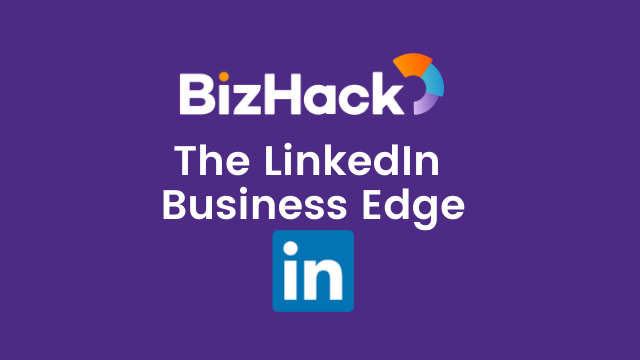How to Adapt Your Small Business While Considering Consumer Attitudes

Adapting your Small Business to Consumer Attitudes Will Help You Grow
As an opening exercise to the #BizHackLive “What Now? How You Can Thrive in the Brave New World” webinar, Bruce Turkel drew a picture of an ostrich with its head in the ground. The clever depiction was meant to represent consumer behavior.
“You could probably try to convince it to come out, but the truth is the ostrich doesn’t really care very much about you or what you do,” Turkel said. “Let the ostrich come out when it’s ready.”
Understanding audience psychology is the first step to marketing during a crisis, Turkel added.
Here are tips on how to communicate with four different types of consumer attitudes:
TIP: Watch Out For The Brake Slammers
“Slam-on-the-brake consumers, you all know them,” Turkel said. “Their heads metaphorically plunk into the ground and then they slam on the brakes.”
With slam-on-the-brake consumers, small businesses face the challenging task of persuading consumers who don’t want to be persuaded.
TIP: You-Only-Live-Once Consumers Are Temporary
Similar to the brake slammers, the you-only-live-once or YOLO consumers are hard to influence and small businesses shouldn’t expect major attitude changes.
“Those are the people who are making believe that nothing has happened,” Turkel said. “You have to stop caring about the consumers who are not going to buy from you.”
TIP: The Pained But Patiently Are Waiting For A Solution
As consumers suffer in different ways, the pained but patient consumers tend to be optimistic about different perspectives. Most of the time, these are the people looking for a solution to better their quality of life.
“They understand that life goes on,” Turkel said. “They economize in all areas but much less aggressively than slam-on-the-break consumers.”
TIP: Comfortable Consumers Help You Be More Comfortable
Consumers who are comfortable are more likely to make purchasing decisions. These consumers feel confident in their ability to survive economic downturns because they don’t have debt or are in a higher-income bracket. However, they will still watch their spending to keep up with appearances.
“They realize that they need to purchase more selectively,” Turkel said. “They want to be less conspicuous about their purchasing because nobody wants to be the person on the street buying the big things that no one else can afford.”
While adapting your small business strategies during a crisis, a pandemic, or anything new that comes your way, you should focus on communicating with pained but patient and comfortable consumers, Turkel advised.
“They’re the people who are going to be helping us move into the brave new world,” Turkel said. “They are the people who are going to continue to purchase and continue to look for goods and services.”

